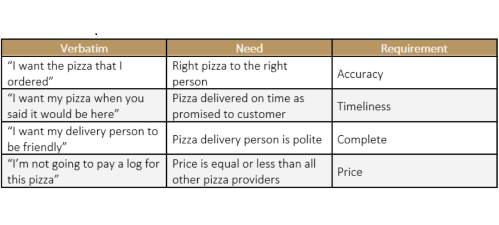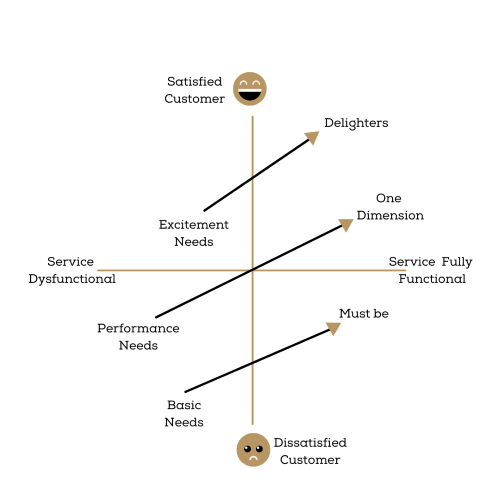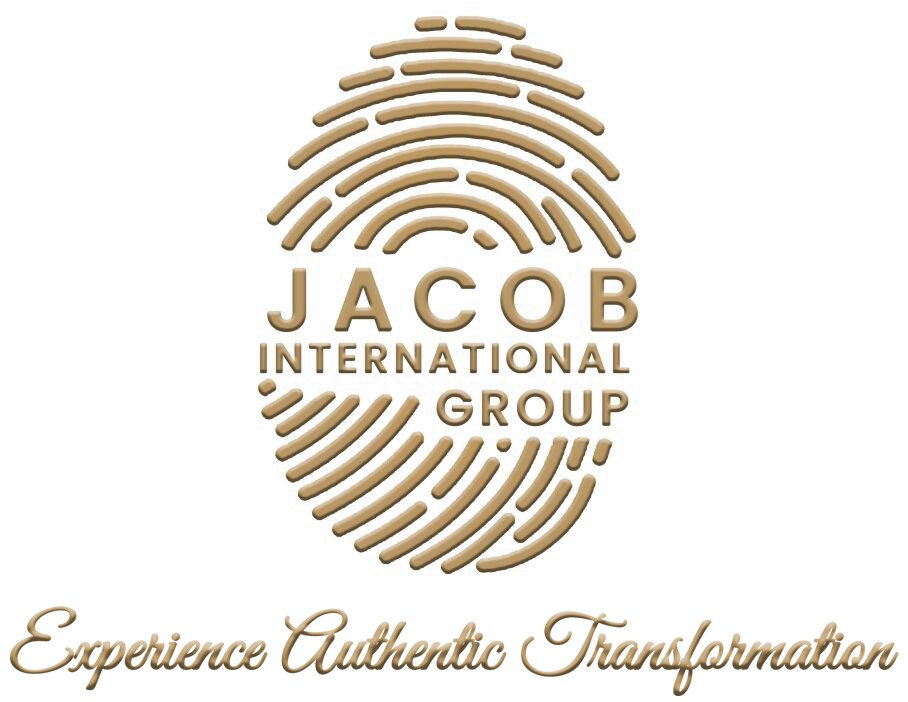It is imperative for a brand to be able to read their customer and target audience thoroughly and determine what is expected of them, this means understanding their needs and wants from their voice.
The first order of business is to identify the Voice of Customer (VoC), which can be expectations, preferences, comments, of a product or service in the discussion. For that, a business needs to first identify its customers. The two main categories of customers are divided to:
- Internal Customers.
- External Customers.
In 1970, Roberto Goizueta became the CEO of Coca-Cola and reformulated the 99 years old formula for Coca-Cola. ‘New’ Coke was launched and numerous market surveys were conducted, all of which revealed that people preferred the taste of New Coke. But despite that, it was one of their biggest failures. When New Coke was launched in April 1985, it faced a negative reaction from the public who never wanted it in the first place. The product was extensively promoted via TV ads and newspapers, but still faced complete rejection from the customers.
The reason for the massive failure of New Coke was that it failed to read the voice of its audience. They received over 1000 complaints per week. They even faced nation wide protests in the US where people had argued that the Classic Coke was part of their “tradition”.
Coke reevaluated its strategy to understand what its customers expect by conducting numerous surveys and focus groups. After the launch of New Coke, Classic Coke was reintroduced and sales rose 10 times higher than they were before. The stock prices rose by 35% and they were successfully able to keep all backlashes at bay.
Translating Voice to Needs:
The VoC methodology can be used to capture the current as well as latent needs of a customer and efficiently convert them into products and/or services. We can categorize VoC at an organizational level into four different voices:
- Voice of an Associate (internal feedback)
- Voice of an Investor (management and stakeholder feedback).
- Voice of Customer.
- Voice of Process (feedback from CTPs and CTQs (Critical To Process/Quality)).
This makes for the Six Sigma Voice of AICP (Associate, Customer, Investor, and Process) which allows us to efficiently convert ‘needs’ to wants and utilize them to deliver products and services that are the subconscious desires of customers.
So what are the ways you can capture the VoC?
- Conduct surveys.
- Do Interviews.
- Study Focus Group.
- Be receptive to suggestions.
- Observe your surroundings.
Attached below is an example of how the voice of a customer is turned into a requirement:

Six Sigma DMAIC Process

The Six Sigma Kano Analysis is highly important as it helps in prioritizing the requirements of customers upon their establishment. The requirements are prioritized as:
- Basic Requirements: These are the most important needs of a customer. Basic Requirements are naturally expected and are present with an assumption that they will be met somehow. If unfilled, customers are highly dissatisfied however, remain neutral when fulfilled.
- Performance Requirements: A direct correlation has been observed between a high degree of satisfaction and fulfillment of these requirements. The more they are met, the higher customer satisfaction levels increase.
- Delighter Requirements: These act as attractors and surprisers. Their presence leads to great customer satisfaction when discovered and their absence results in a neutral reaction.
- Indifferent Requirements: Although still needs, they generate neither satisfactory nor dissatisfactory reactions whether they are present or absent.
- Reverse Requirements: They are the opposite of delighter requirements and generate a pleasant response when unfilled and vice versa.
The practice of capturing VoC is the essence of putting a product or service on the market as it allows with the conversion of customer needs into customer wants. With tools like Six Sigma Voice of AICP and Six Sigma Kano Analysis, you can assess the requirements of your customers and successfully translate their needs into requirements, which will, in turn, help you produce products or provide services to your consumers based on your findings.





Amazing!! This really helped me with my customers.